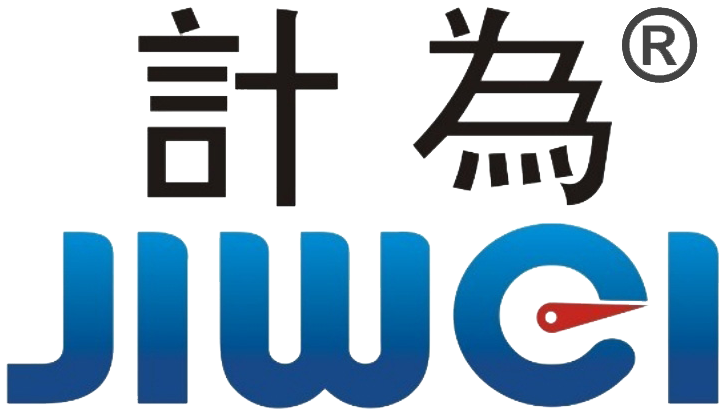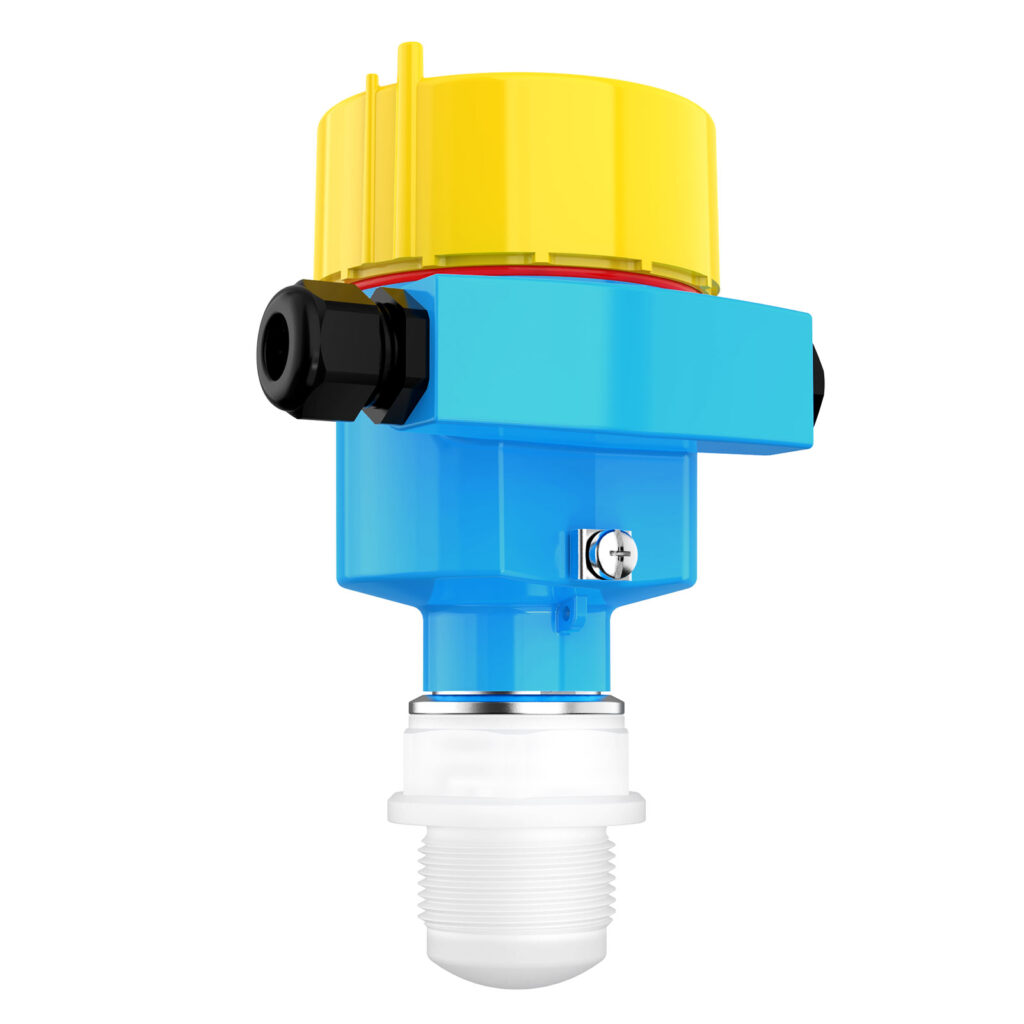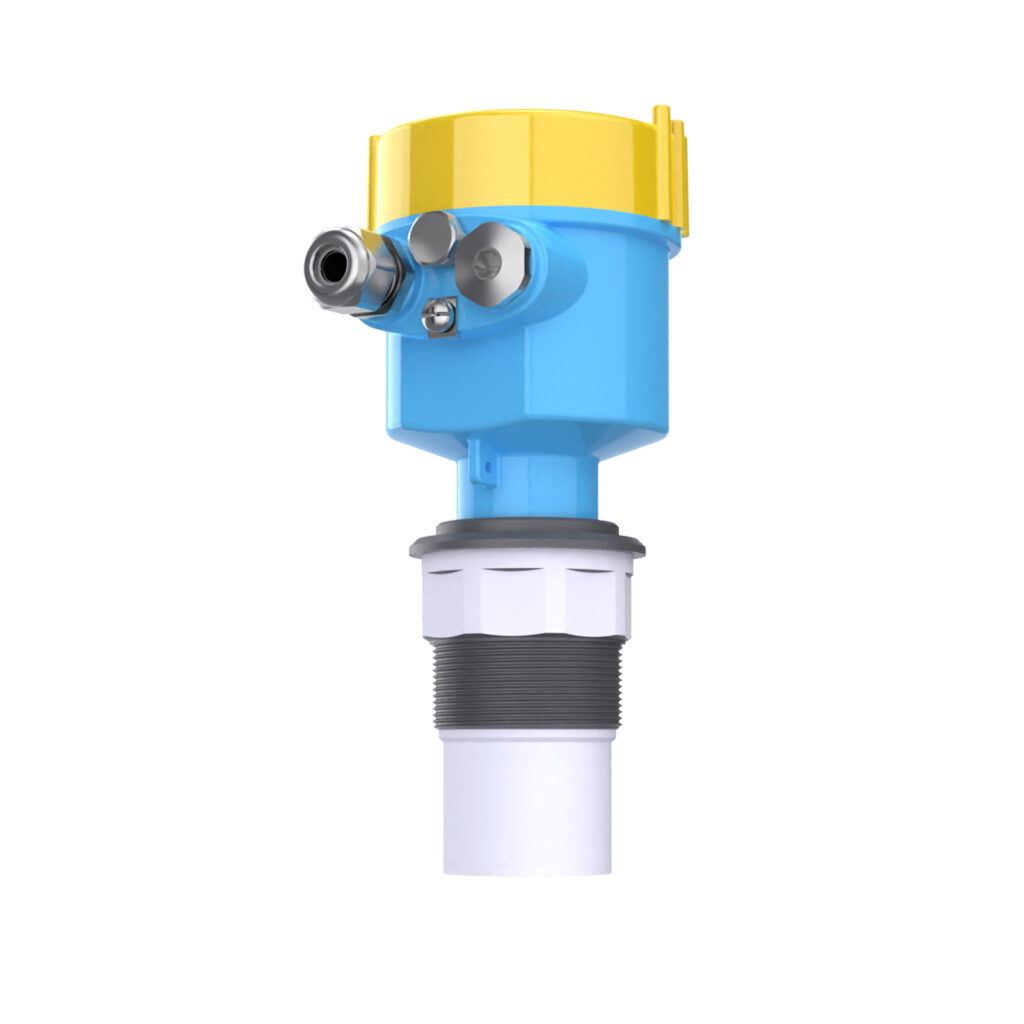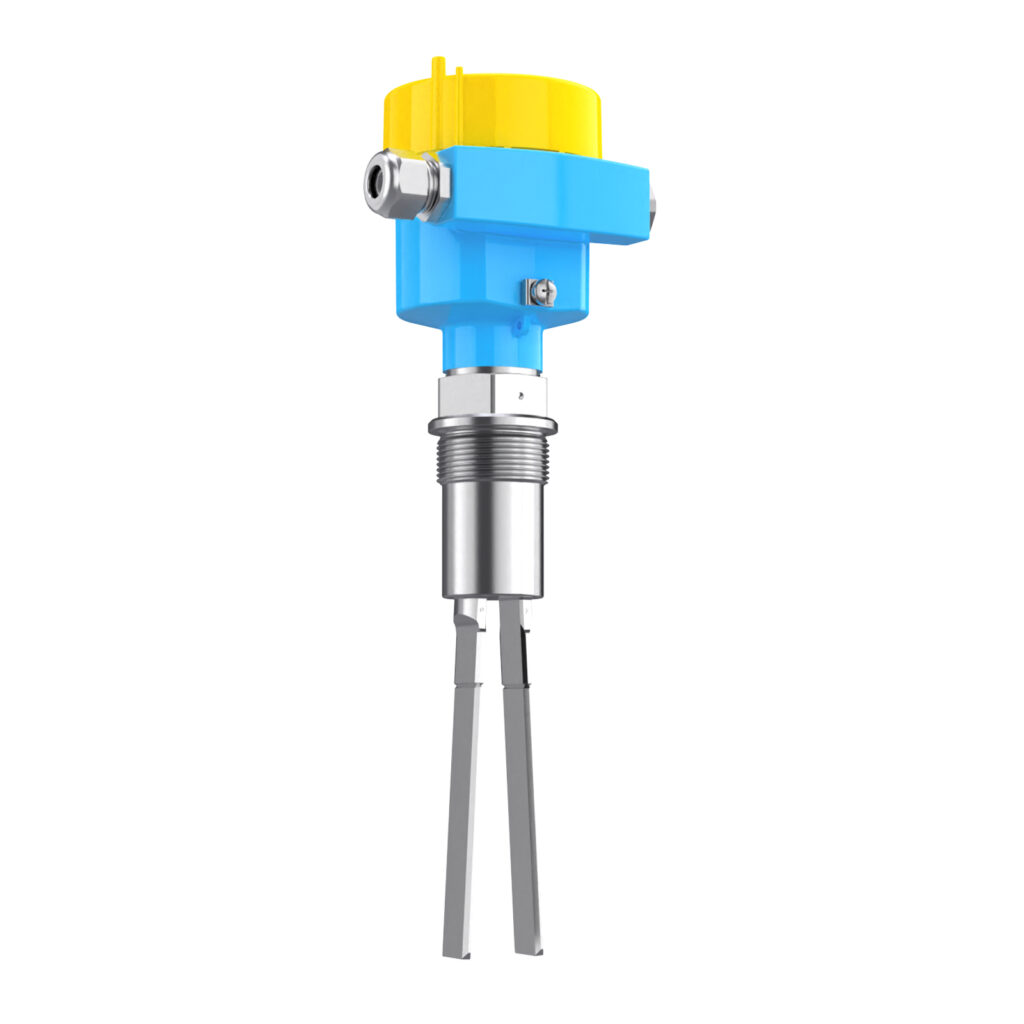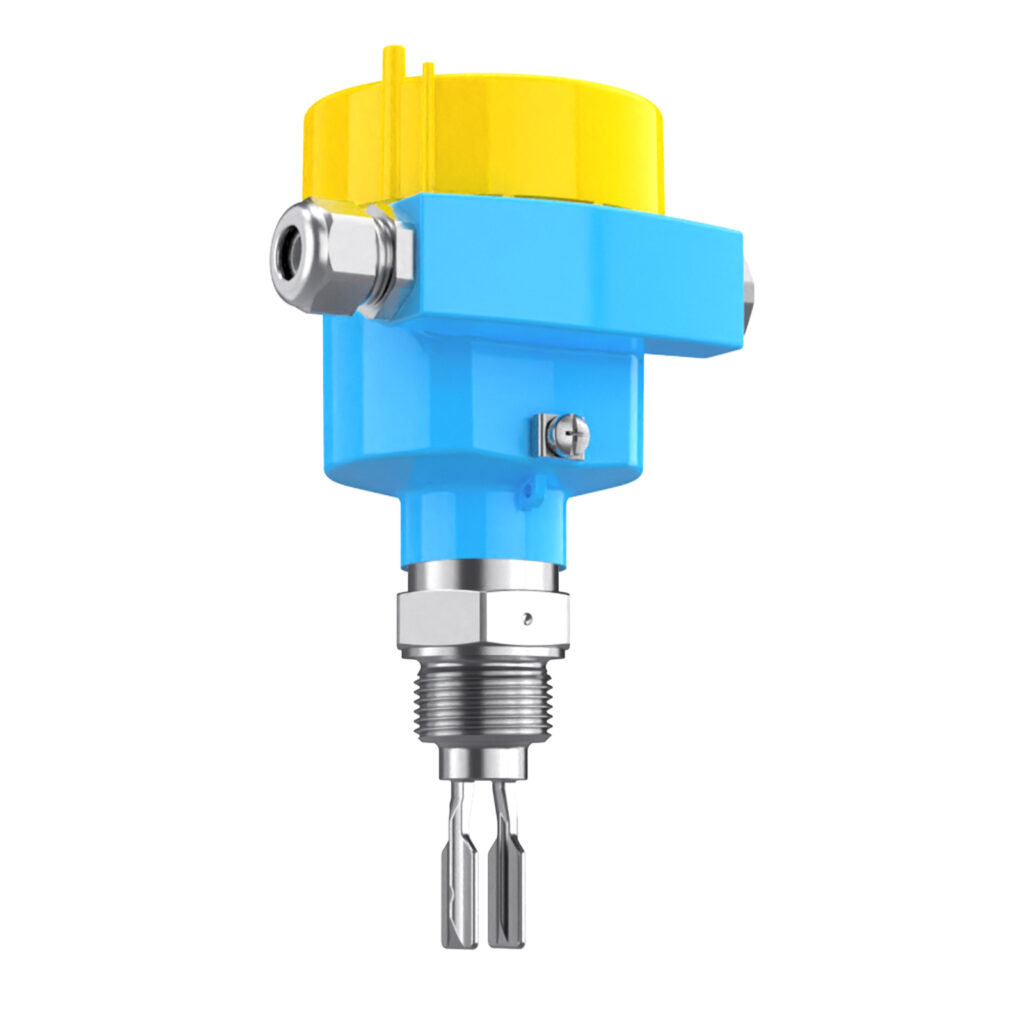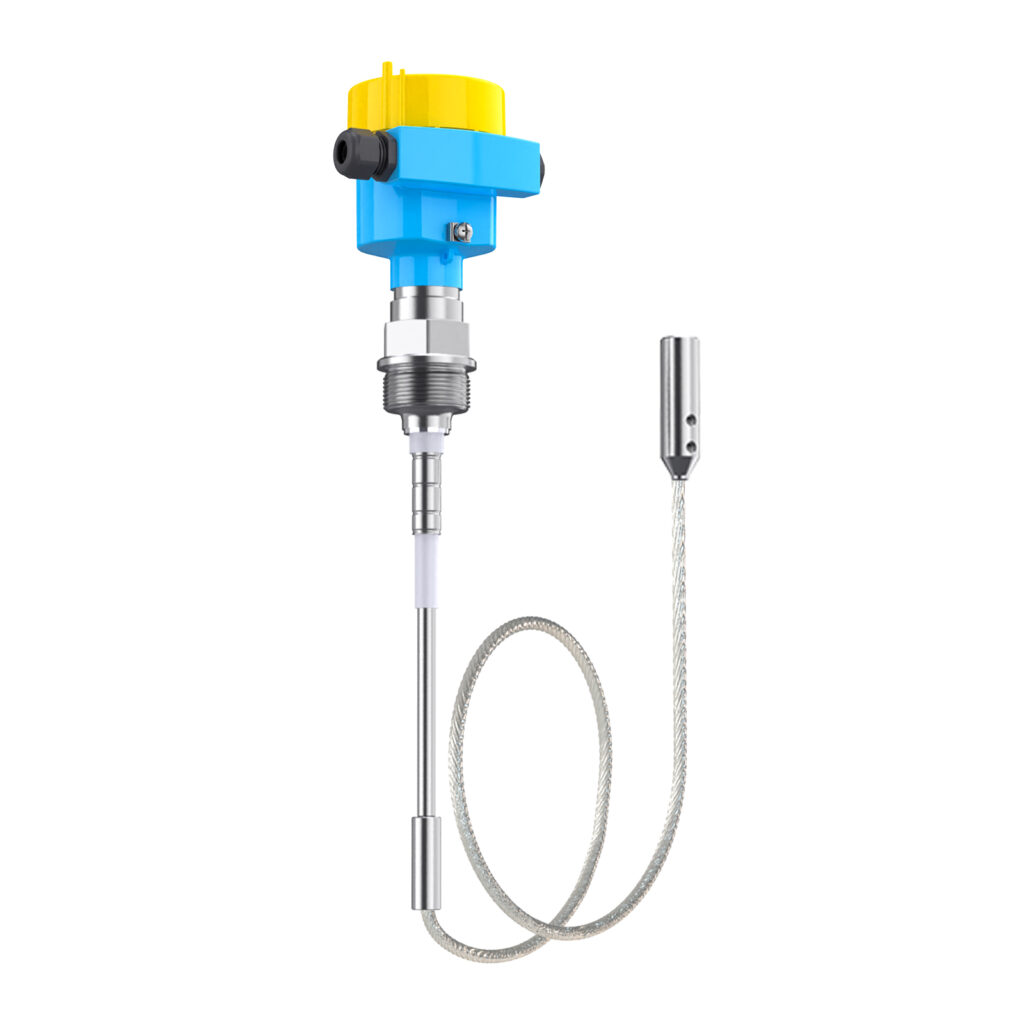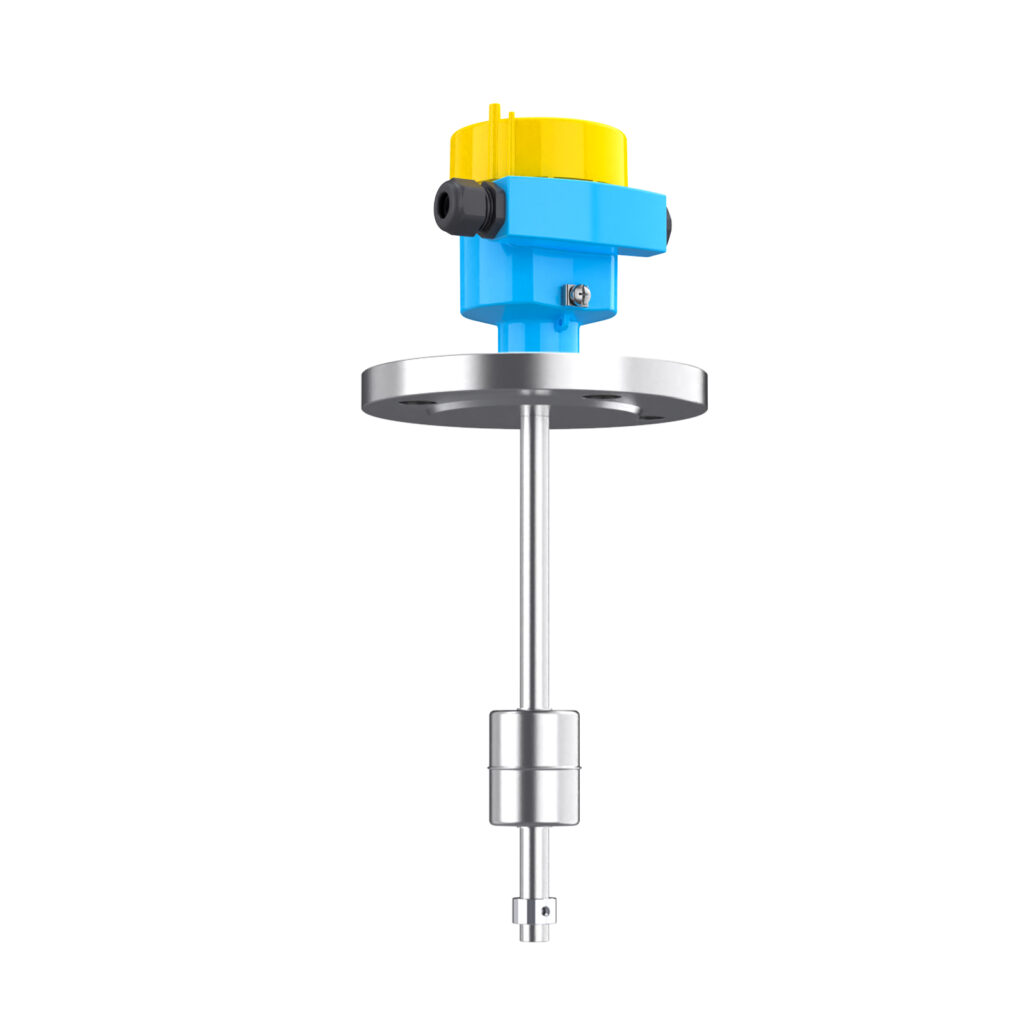Tank Level Sensor: The Ultimate Guide to Choosing the Right Solution for Your Application
Tank level sensors are essential in a variety of industrial applications, whether for measuring liquid levels in water treatment plants or solid materials in manufacturing facilities. Accurate measurement ensures smooth operation, safety, and efficient resource management. However, choosing the right tank level sensor for the job can be complex, especially considering the different requirements for measuring liquids and solids.
This article explores the different types of tank level sensors available, their features, and the industries they serve, with a focus on how to choose the best sensor for your specific application.
What is a Tank Level Sensor?
A tank level sensor is a device used to monitor the level of materials inside a tank, silo, or vessel. Depending on the application, these sensors measure liquids or solids to manage inventory, prevent overflows, and ensure safe operation. In industrial settings, tank level sensors must be chosen carefully to match the material being measured, whether it’s a liquid like water or oil, or a solid like powder or granular materials.
Types of Tank Level Sensors
Tank level sensors come in several types, each suited to different materials and measurement conditions. Here’s an overview of the most common types of tank level sensors:
1. Radar Level Sensors (Liquid Measurement)
- Applicable Mediums: Liquids such as water, oil, chemicals, and wastewater.
- Features: Radar level sensors use microwaves to measure the level of liquids. They are highly accurate and unaffected by temperature, pressure, or vapors, making them ideal for challenging environments. Radar sensors can also work with non-contact applications.
- Applications: Water treatment facilities, chemical storage tanks, and oil refineries.
2. Ultrasonic Level Sensors (Liquid Measurement)
- Applicable Mediums: Liquids like clear water, wastewater, and some chemicals.
- Features: Ultrasonic level sensors use sound waves to measure the distance to the liquid surface. They are commonly used for non-contact measurements, providing real-time data for inventory management and system monitoring.
- Applications: Liquid storage tanks, sewage treatment plants, and fuel storage.
3. Fork Level Switches (Solid or Liquid Measurement)
- Applicable Mediums: Solids such as powders, granules.
- Features: Fork level switches utilize the principle of vibration to detect changes in material levels. These sensors are ideal for solid applications, especially when materials are difficult to measure using traditional sensors. Fork level switches are particularly useful in applications where high or low levels must be monitored without direct contact with the material.
- Applications: Cement silos, powder storage tanks and grain bins.
4. Liquid Level Switches (Liquid Measurement)
- Applicable Mediums: Liquids such as water, oils, and chemicals.
- Features: Liquid level switches are commonly used for detecting the presence or absence of liquid at specific levels in a tank. These sensors are available in various designs, including float switches, capacitive sensors, and conductive sensors. They are easy to install and are highly reliable for applications where level detection is critical.
- Applications: Oil tanks, water treatment plants, fuel tanks, and chemical storage.
5. RF Admittance Level Switches (Solid Measurement)
- Applicable Mediums: Solids like powders, granules, and bulk materials.
- Features: RF admittance level switches use radio frequency technology to measure the level of material within a tank. These sensors are ideal for measuring dense, powdery, or solid materials like powders, pellets, and grains. They do not measure liquids and are specifically designed for solid applications.
- Applications: Cement silos, powder storage tanks, grain storage, and other bulk solid materials.
6. Float Level Sensors (Liquid Measurement)
- Applicable Mediums: Liquids such as oils, water, and fuel.
- Features: Float-based sensors are mechanical devices that use a float to rise and fall with the liquid level. They are simple, reliable, and cost-effective for liquid level measurement.
- Applications: Oil tanks, fuel storage, and water tanks.
Key Features to Consider When Choosing a Tank Level Sensor
When selecting a tank level sensor, it’s crucial to evaluate several factors to ensure the sensor is suitable for the material you are measuring. Here’s a table summarizing key features of each sensor type:
| Feature | Description | Ideal Use Case |
|---|---|---|
| Accuracy | The precision with which the sensor measures the material level. | Chemical processing, liquid storage |
| Range | The maximum and minimum measurable level in the tank. | Deep tanks, large storage facilities |
| Material Compatibility | The sensor’s ability to function with various materials (liquids and solids). | Powder storage, liquid storage |
| Environmental Conditions | The sensor’s resistance to extreme temperatures, pressure, and humidity. | Harsh environments, high-pressure tanks |
| Non-Contact Measurement | Whether the sensor requires contact with the material. | Non-invasive applications like hazardous materials |
| Certification | Compliance with safety standards (ATEX, CE, etc.). | Explosion-proof tanks, hazardous materials |
Choosing the Right Tank Level Sensor for Your Application
When selecting a tank level sensor, consider the medium (liquid or solid), the environmental conditions, and the required accuracy. RF admittance level switches, for instance, are ideal for applications involving bulk solids, such as powders or granules. These sensors are also versatile enough to be used in industries like cement manufacturing and chemical processing, where precise measurements of solid materials are critical. Fork level switches offer excellent flexibility, as they can handle both solid and liquid applications, particularly in industries that need to measure high or low levels without direct contact with the material.
Benefits of Using a Tank Level Sensor
- Increased Efficiency: Tank level sensors provide real-time data that allows for more efficient inventory management and resource allocation.
- Improved Safety: Accurate level measurements help prevent overfills or underfills, ensuring that systems operate safely and reducing the risk of spills or accidents.
- Cost Savings: By avoiding overflows and understocking, tank level sensors help reduce operational downtime and maintenance costs.
- Customization: Tank level sensors come in various configurations to meet the specific needs of your application, ensuring reliable and accurate performance.
Why Choose Our Fork and Liquid Level Switches?
Our Fork Level Switches and Liquid Level Switches are designed for optimal performance in both liquid and solid applications. Here’s why you should choose our sensors:
- High Reliability: Our level switches provide dependable measurements for both solids and liquids.
- Accurate Measurement: Whether it’s powders, granules, or liquids, our sensors offer precise level detection.
- Easy Integration: Compatible with a wide range of tank systems, ensuring flexibility for different industries.
- Compliance: Meets key industry standards and certifications like PCEC and CE for safety.
- Long Lifespan: Robust construction ensures longevity and reduces the need for frequent maintenance.
Conclusion
Choosing the right tank level sensor is essential for efficient and safe operations. Whether you’re measuring liquids in water treatment facilities or solids in manufacturing plants, selecting the appropriate sensor ensures optimal performance. For applications involving bulk solids or powders, RF admittance level switches provide an ideal solution that is both reliable and precise. Similarly, Fork Level Switches offer versatile solutions for both solid and liquid level measurement, making them highly valuable in industries dealing with bulk materials. Be sure to evaluate the key factors such as material compatibility, accuracy, and environmental conditions when making your selection.
For more information or to request a consultation, contact us today!
